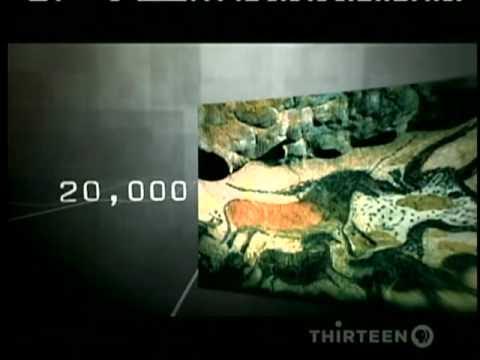How do scientists know they hooked up?
Summary
TLDRThis video explores the intricate journey of modern humans, tracing their origins from Africa and highlighting interactions with other ancient species, such as Neanderthals and Denisovans. It reveals how genetics showcases a complex family tree, with modern humans carrying traces of these archaic relatives. The narrative emphasizes the evolving understanding of our ancestry and the research methods that shape these insights. Additionally, the video introduces Ground News, a platform designed to help users navigate diverse news coverage and uncover blind spots in their media consumption, fostering a more informed public dialogue.
Takeaways
- 🧬 Modern humans (Homo sapiens) share genetic material with Neanderthals, with many individuals having less than 2% Neanderthal DNA.
- 🔍 Early interpretations of Neanderthals as primitive ancestors have been challenged by recent research, revealing them as complex beings.
- 🧪 Svante Pääbo's work in extracting and sequencing ancient DNA has been pivotal in understanding human evolution.
- 🔗 Genetic studies indicate significant similarities between Neanderthal and modern human genomes, supporting the idea of interbreeding.
- 🌍 Evidence shows that Neanderthals and Homo sapiens coexisted and interacted in Europe, as suggested by archaeological finds.
- 🗺️ New discoveries, like a baby tooth in France, highlight direct evidence of Neanderthal and Homo sapiens interactions.
- 🔄 The Four-Population test reveals a genetic connection between Neanderthals and non-African modern humans, suggesting historical mixing.
- 🧑🤝🧑 The complexity of human ancestry includes other ancient humans, such as Denisovans, contributing to our genetic makeup.
- 📚 Ground News is introduced as a tool for comparing how different media outlets cover stories, emphasizing the importance of media literacy.
- 💡 The narrative of human ancestry is evolving, showcasing a messy and interconnected family tree rather than a linear progression.
Q & A
What does the script suggest about the complexity of human ancestry?
-The script suggests that human ancestry is much more complex than a simple linear progression, with multiple waves of migration, mixing with different archaic human species, and a 'messy' family tree.
Who are the Denisovans and how do they relate to Homo sapiens?
-Denisovans are another type of ancient human found in Siberia, and genetic evidence shows that they also interbred with Homo sapiens, indicating interactions among different human species.
What is the significance of Neanderthals in the context of human evolution?
-Neanderthals are portrayed as both close relatives and ancestors of modern humans, representing a separate branch of the human family tree, contributing to our genetic heritage.
What are some outcomes of human migrations mentioned in the script?
-Outcomes of human migrations include some groups dying off, others returning, some flourishing, and various populations mixing with unfamiliar groups.
How does the script address the idea of unknown archaic humans?
-The script indicates that our genomes may contain traces of additional unknown archaic humans whose remains have not yet been discovered.
What does the term 'blind spot' refer to in the context of news consumption?
-'Blind spot' refers to news stories that receive little or no reporting from specific political perspectives, highlighting areas where media coverage may be lacking.
What is Ground News and what features does it offer?
-Ground News is a platform that aggregates news stories from various sources, allowing users to compare how different outlets cover the same story, including their political bias and factual accuracy.
How does the script emphasize the importance of research methods in understanding news?
-The script emphasizes that there is a lot of nuance and uncertainty in research methods, and complexity is added when discoveries are reported in the news, affecting public perception.
What is the aim of the Howtown channel, as mentioned in the script?
-The aim of the Howtown channel is to explore not just what we know about human history but also the various methods we use to discover and understand that information.
How does the script suggest supporting the channel?
-The script suggests supporting the channel by signing up for Ground News, which not only helps the viewer navigate the news but also provides a way to support Howtown.
Outlines

This section is available to paid users only. Please upgrade to access this part.
Upgrade NowMindmap

This section is available to paid users only. Please upgrade to access this part.
Upgrade NowKeywords

This section is available to paid users only. Please upgrade to access this part.
Upgrade NowHighlights

This section is available to paid users only. Please upgrade to access this part.
Upgrade NowTranscripts

This section is available to paid users only. Please upgrade to access this part.
Upgrade Now5.0 / 5 (0 votes)





